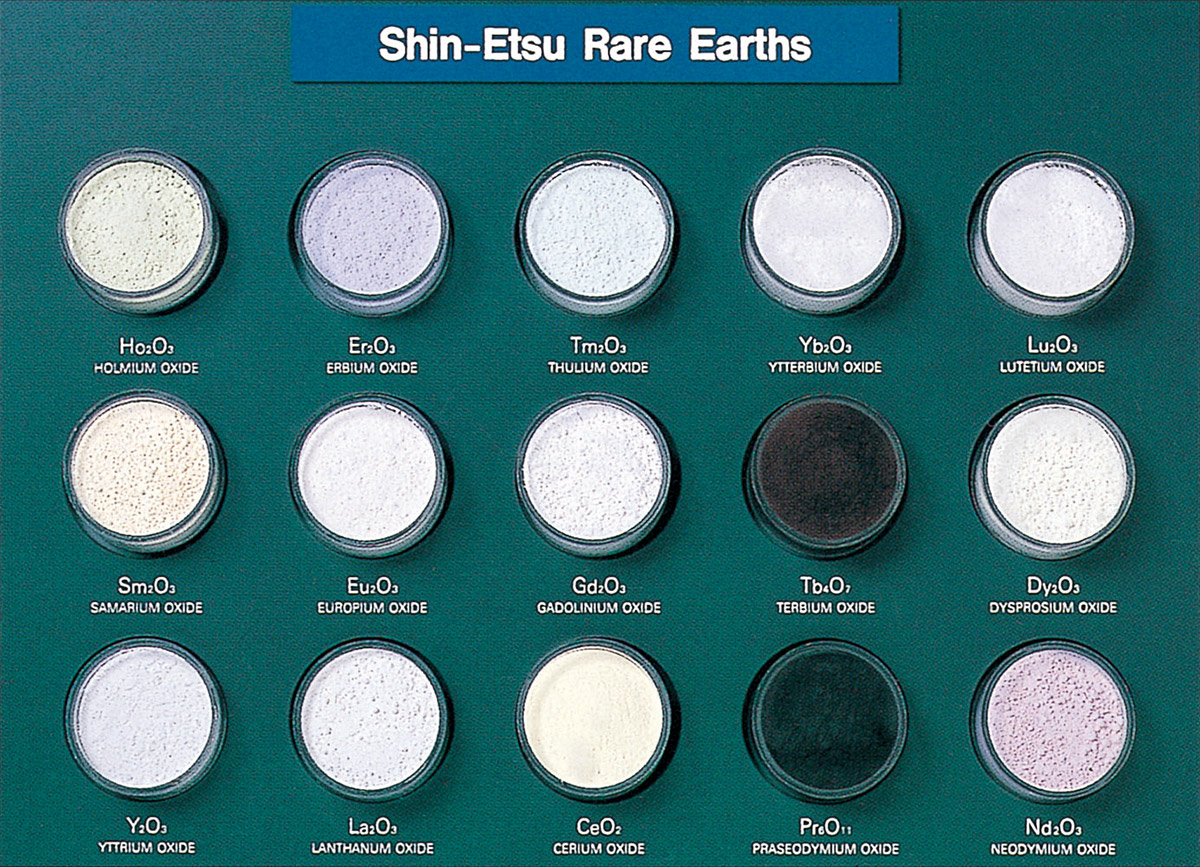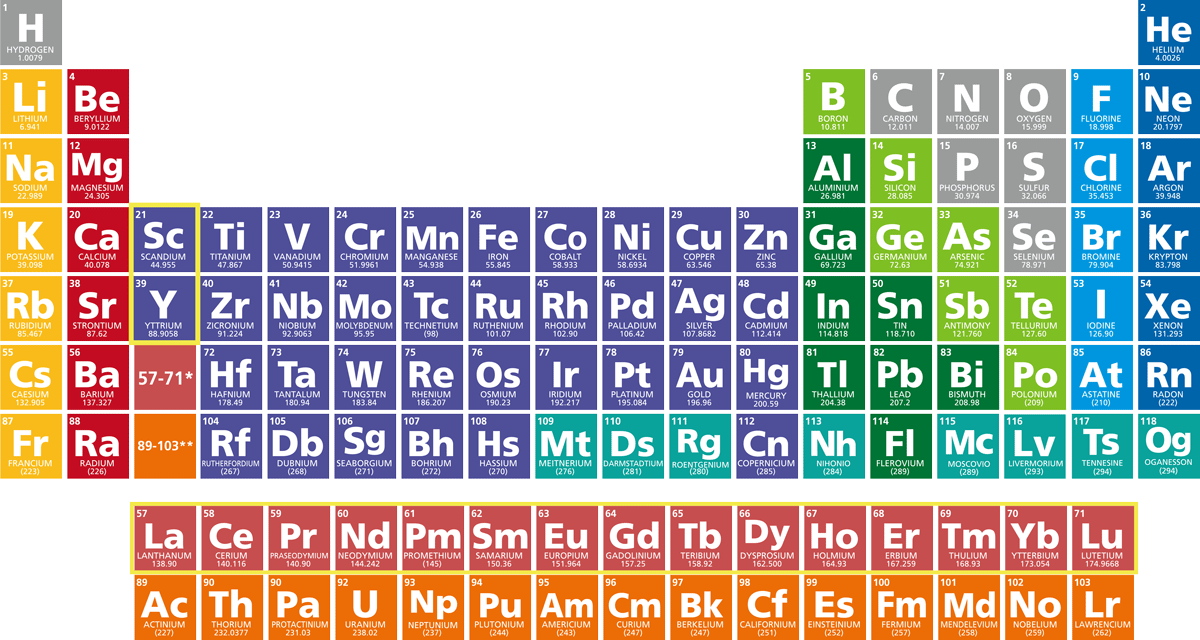About Rare Earths

Rare earth is a general term for 17 elements, including 15 elements (lanthanoid*1) with atomic numbers 57 to 71 in the Periodic Table plus scandium (Sc) with 21 and yttrium (Y) with 39.
Rare earth was discovered in Sweden in 1794 and was called "rare" (earth) because it was considered to be an extremely rare substance at that time.

※1 lanthanoid = lanthanum (La), cerium (Ce), praseodymium (Pr), neodymium (Nd), promethium (Pm, not found in nature), samarium (Sm), europium (Eu), gadolinium (Gd) , terbium (Tb), dysprosium (Dy), holmium (Ho), erbium (Er), thulium (Tm), ytterbium (Yb), lutetium (Lu)
"Rare earths" are sometimes confused with "rare metals", but they are different. Rare metals are the 47 elements in the METI division, and although there is no clear definition, they are elements that are widely used in high-tech products such as automobiles and electronic products, because they are difficult to separate and purify. Only 17 of the 47 rare metals are rare earths.
Each element has similar chemical properties and is always found in a group of minerals, but it is important to note that each element has various uses that apply electronic and physical characteristics. Rare earth is called the “vitamin for high-tech industry” and supports people's lives today.
In natural resources, rare earth elements exist as a mixture, but it is necessary to separate each element when it is used. However, because of their similar chemical properties, the advanced technology is required for the isolation and purification of these rare earths.